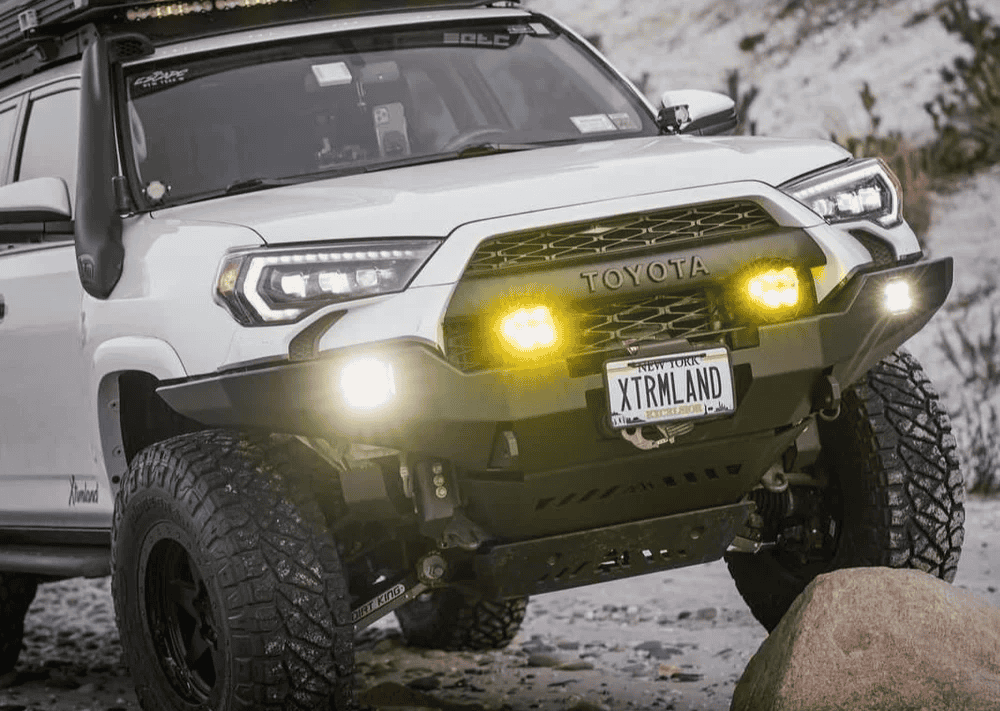Overland Vehicles

Desert travel punishes vehicles in quiet, relentless ways. Air temperatures rise, radiant heat soaks drivetrains, and the tiniest gaps invite dust into engines, cabins, and electronics. Range matters because tracks can vanish under wind blown sand and detours are common after storms. A balanced desert overland build prioritizes cooling, filtration, and predictable handling over flash.
Start with the fundamentals. Ensure the radiator, water pump, hoses, and thermostat are healthy, then consider a higher efficiency radiator and auxiliary transmission cooler. Heat shielding around exhaust and critical wiring protects against softening and failure. Inlet filtration is about more than a fancy filter; a cyclonic pre filter or snorkel head that separates heavier particles helps in silt heavy zones. For the cabin and cargo, dust sealing with quality door and hatch gaskets and positive pressure fans reduces fine particulate intrusion. Underbody protection with well placed skid plates and rock sliders guards fuel lines, transfer cases, and trans pans when rocky shelves interrupt sand sections.
The most common limiter is range, not traction. Engine efficiency falls in heat, which means planning fuel capacity and water reserves with a margin. Solar output is abundant but battery life shortens in high temperature environments, so thermal management becomes part of the electrical plan. Communication is your safety net when a monsoon cell turns a dry wash into a moving wall of water.
Calculate fuel using your worst case consumption on deep sand and headwinds, then add at least twenty percent. Store gasoline or diesel in certified containers with proper venting and mount them outside the cabin to manage fumes. Water needs vary, but a baseline of one gallon per person per day for drinking plus another gallon for cooking and hygiene is a reasonable start. For longer itineraries, carry a sediment pre filter and gravity system for occasional desert springs or ranch spigots where permitted. Keep weight low and centered, and use baffles or soft containers to reduce slosh on washboard.
The desert rewards light footprints and careful planning. Traction boards, a real shovel, and a quality compressor can turn a stuck moment into a ten minute fix. Camps that breathe in the day and stay cool at night transform the experience from survival to comfort. Respect for fragile biological crust and flood plains keeps routes open and ecosystems healthy.
Suspension tuning is the secret to controlled speed across corrugations and soft sand. Shocks with ample oil volume and external reservoirs resist fade in sustained heat. Spring rates should match loaded weight, with bump stops sized for rapid compressions on unseen dips. Tires with strong sidewalls, moderate tread voids, and a round shoulder float well at lower pressures. Many desert travelers prefer an all terrain pattern for reduced digging and better manners on hardpack. Air down early, move smoothly, avoid sharp throttle changes, and bring a compressor rated for continuous duty to air back up before pavement.
Desert navigation relies on redundancy. Combine vector based offline maps with a satellite communicator for location sharing and emergency messaging. Carry paper maps for solar glare days when screens are tough to read. Watch forecast details on wind advisories and monsoon timing and remember that storms upstream can flood a dry wash under blue sky miles away.
Dust control extends to living systems. Use screened vents and positive airflow to push clean air out through designated exits. Select latches and slides with minimal dust sensitive tolerances. In cooking zones, choose enclosed stoves and store fuel away from sleeping spaces. For shade, sturdy awnings with triangulated tie downs and sand stakes resist gusts. At night, radiant barriers and reflective window covers slow heat gain from baked body panels.
As you consider how to translate these principles into your platform, a pro grade plan saves time and reduces risk. If you want a team that builds and tests overland systems daily, start with the Overland Rigs overview to see how complete builds come together for desert travel.
Precision component integration matters when every bolt sees heat and vibration. When you are ready to tailor suspension, storage, onboard air, lighting, and comms to your route, review our custom overland upfit options that adapt platforms for sand, washboard, and rocky crawls without drama.
Trust is earned by finished work and smooth handoffs. If you are evaluating shops and want to understand our process and values, visit why choose OZK Customs for an inside look at how we plan, fabricate, and support builds.
A smart desert overland build is more than parts. It is a system tuned for heat, dust, dunes, and long highway links between trailheads. OZK Customs in Fayetteville Arkansas designs complete rigs and targeted upgrades for desert travel, from suspension and underbody protection to power, comms, and interior layouts that stay clean and cool. Share your goals and the routes you want to run and we will map a solution that performs when it matters most.
Ready to turn your desert plan into a proven rig? OZK Customs designs, fabricates, and tests overland systems that thrive in heat, sand, and long miles. Start with a discovery consult, then let our team in Fayetteville Arkansas craft a complete build or targeted upfit for suspension, power, storage, and comms. Share your route and goals and we will map a solution that performs when the thermometer climbs.
ADDRESS:
6159 E Huntsville Rd, Fayetteville, AR 72701
PHONE:
(479) 326-9200
EMAIL:
info@ozkvans.com